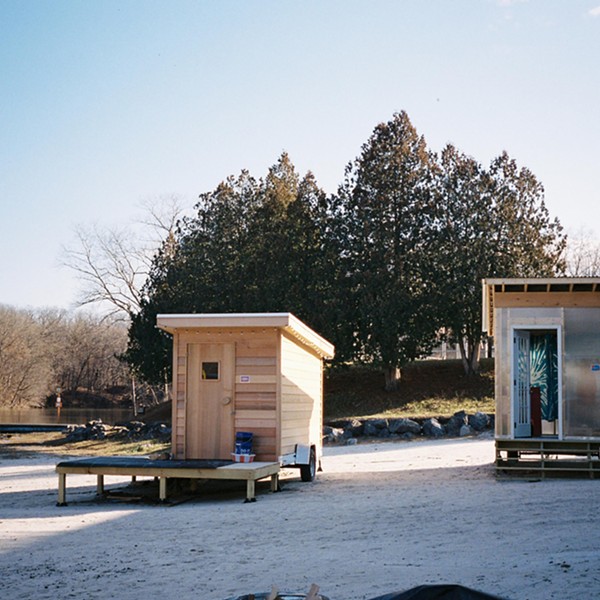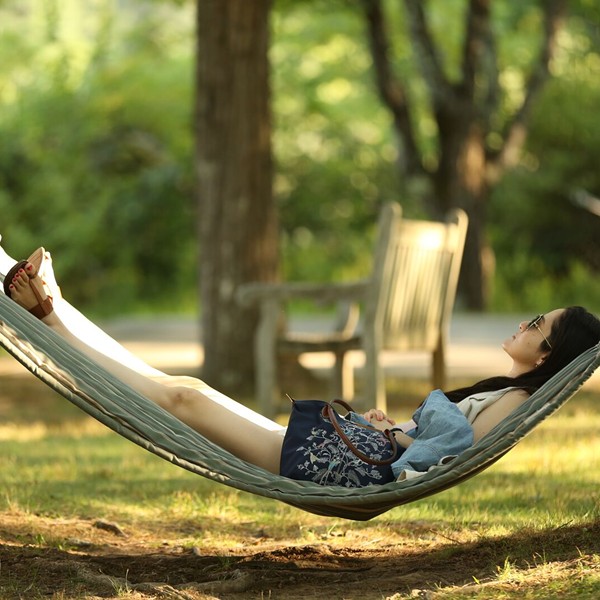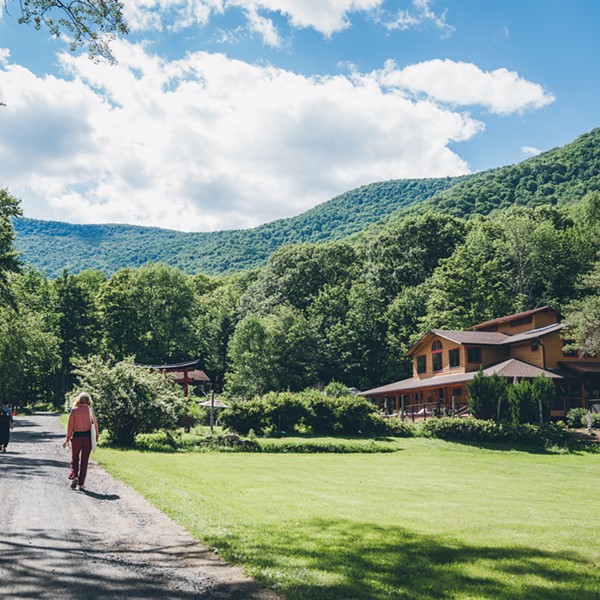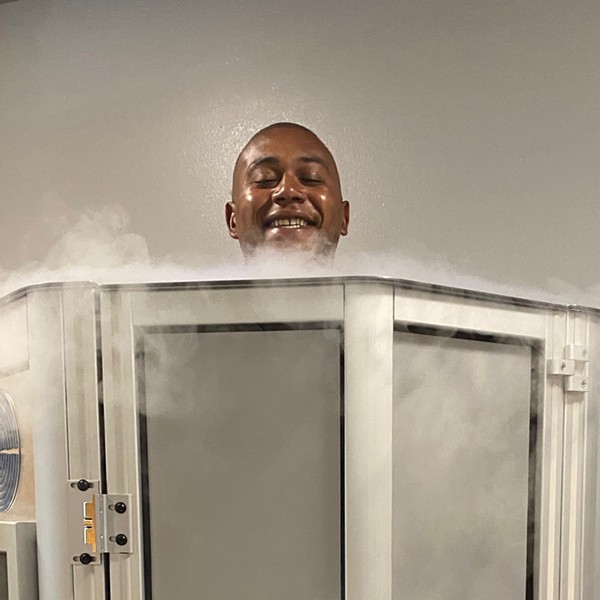Designer Soaks and Steams
Adding herbs or oils to the water enriches the sensual feast and can include specific healing and rejuvenating concoctions. You can order up a private session in a tub of delights at Mohonk’s spa. “In the winter you lose some serotonin and you need to reenergize yourself with uplifting oils, and a bath is a great way to do that,” says Stirewalt. “Indoors we offer what we call water cures. These are aromatic soaks performed in a circulating jetted hydrotherapy tub, in which extracts or essential oils have been added to the water. They offer relaxation and relief as well as the pleasure of soaking in hot water that’s between 98 and 102 degrees.”
The spa’s Lake in the Sky Water Cure, for instance, combines balsam fir, white pine, pink peppercorn, and green mandarin essences, and the Refresh Water Cure features extracts of oats for skin hydration and bourbon vanilla plus massola bark to ease nervous tension and soften skin. With any soak you can choose accompanying music and afterward enjoy an iced fruit antioxidant beverage of the day.
Steam rooms are a great heating-and-hydrating experience too, though the oft-depicted image of them (peopled by nearly naked, rotund men discussing dangerous business) may be off-putting. Imagine instead the steam experience at Buttermilk Falls Inn and Spa, overlooking the Hudson River in Milton.
Allie Rockermann, the spa’s director, says many locals enjoy a day pass at the spa and go between the indoor pool, the sauna, nourishing treatments like a massage or seaweed detox wrap, and the steam room. “We put eucalyptus oil in the steam, which clears out the senses and has great antibacterial, antiseptic, and anti-inflammatory properties,” Rockermann explains. “The steam room makes you sweat, releasing toxins, and breathing in the steam really helps the eucalyptus get inside the body and help with that.” The steam room and sauna are both at about 110 or 120 degrees, offering a super hot indulgence in winter.
Clean Soaking
When you soak in water, you’re going to be a sponge for substances dissolved in it. The multilayered barrier that is your skin will deter some materials, but others will make their way through the outer layers of dead cells into the blood vessels of the dermis below. Absorption through the skin has its pros and cons: Beneficial minerals, herbs, or oils may seep in, but so may potentially harmful microbes and chemicals.
Just as swimming pools are treated to remove or destroy microorganisms, hot tubs must be too. Every time somebody steps into the pool, a new supply of microbes is introduced. So chemicals or processes that kill and inhibit the growth of microbes are essential. In addition, the organic material from dirt, skin oils, and those that linger in tap water provide nutrients for growth of algae and bacteria, so a periodic “shock” treatment to oxidize (degrade) these materials is essential. Nonchemical oxidation processes exist but aren’t yet common.
Although chlorine treatment has been standard practice to sanitize and shock water, many health experts advise that chlorine exposure be kept to a minimum, and many people find it drying and itchy. So other approaches to water treatment are evolving. Bromine is a favored substitute for chlorine nowadays (with fewer health concerns so far, anyway), and chemical-free methods can reduce the amount of chlorine or bromine needed (but most do not completely replace them). Such treatments include ozone produced by an ultraviolet light or corona discharge unit, addition of metals such as zinc or copper in minute amounts, and some patented products.
A Tub of Your Own
What about having access to a steamy tub of water at home? In-home hot tubs—more trendily called spas—run from a few thousand dollars to higher priced luxury models. (“Jacuzzi” is a brand name, not a product category.) Spas are beloved for the powerful jets of water or air that act as underwater massagers. Some bathtubs have jets, but there’s nothing like sinking neck-deep into water to get that massage, accompanied perhaps by other spa options such as underwater lighting, waterfalls, sound systems, or a DVD or TV screen. Local spa retailers will do more than provide you the unit: They will help you figure out where to put it, whether you’ll need floor reinforcement, and more.
“We’ll come out and do a site inspection at no charge,” says Kevin Olheiser from Rainbow Pools and Spas in Fishkill. “We’ll recommend where to put the spa, and help you along in the decision-making process. We put in a cement slab if you need one. We teach you how to care for the spa and have a year-round water-testing service. There’s a misconception that caring for a spa is expensive and time consuming. In reality, it takes just minutes a week and costs less than a night at the movies.”
















